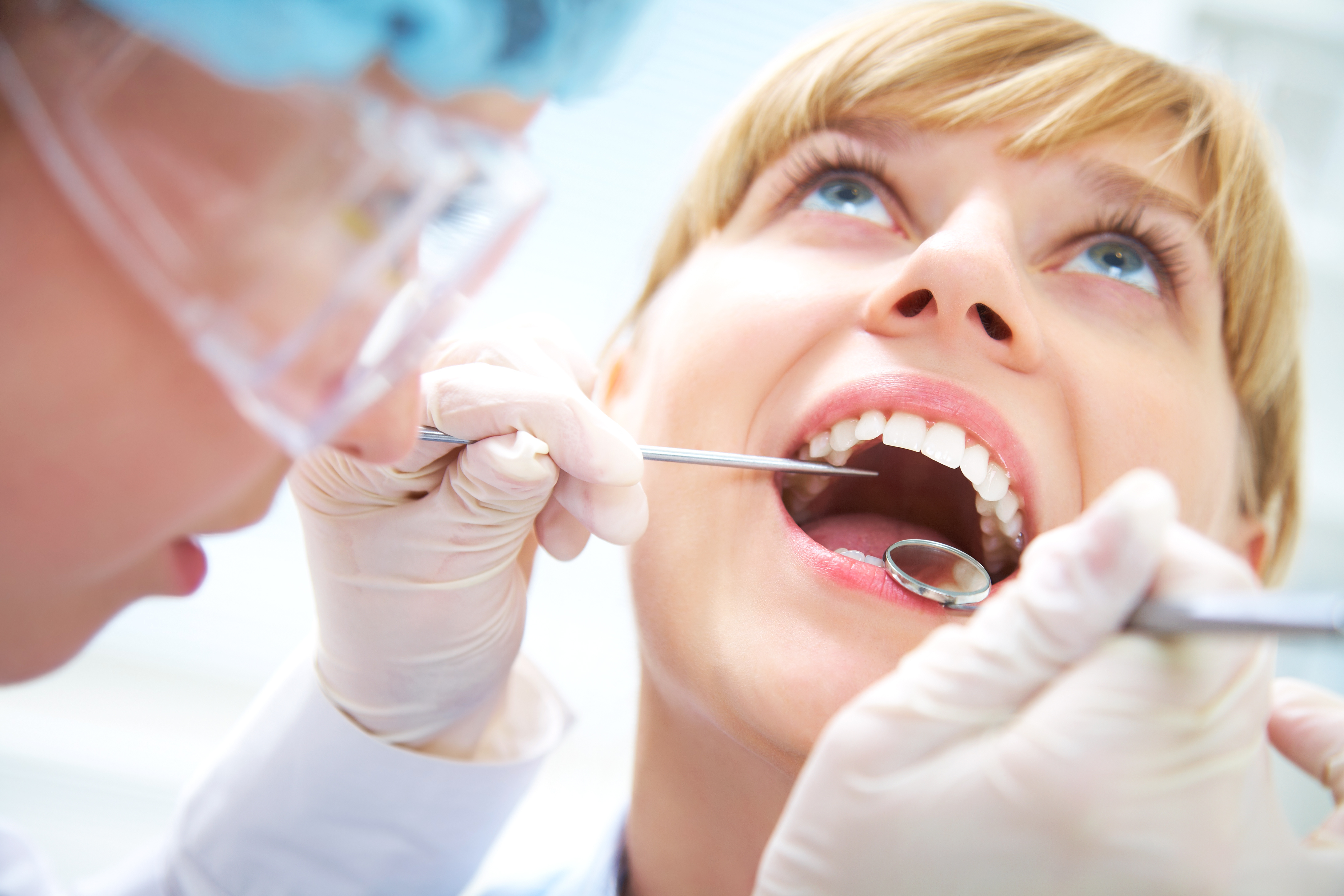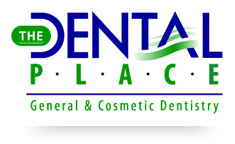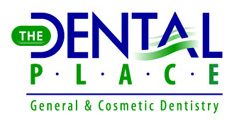20 Oct Purpose of a Dental Sealant
 When you “seal” something, it is often done to protect or preserve what you have sealed. The same idea applies to a dental sealant. Your dentist may recommend placing sealants on all permanent molar teeth that have not been affected by dental decay for use as a protective shield.
When you “seal” something, it is often done to protect or preserve what you have sealed. The same idea applies to a dental sealant. Your dentist may recommend placing sealants on all permanent molar teeth that have not been affected by dental decay for use as a protective shield.
The process for obtaining dental sealants is fast and easy. Teeth are thoroughly cleaned; they are treated with a material to aid in the bonding effect of the sealant; sealant is applied; and a laser or curing light is used to expedite drying of the sealant. There is no need to anesthetize the teeth for treatment.
Although teeth appear to be smooth, there are many pits and indented areas on the teeth’s surface. The sealant material is literally painted on the surface of the tooth. The sealant flows into these spaces and forms a protective barrier to seal out the bacteria that eventually can evolve into dental decay.
Once a permanent tooth has emerged, your dentist or dental hygienist will encourage the application of the sealant as a means to protect the chewing surfaces of the teeth. And they have proven to be an effective deterrent for the formation of dental cavities.
The age of the patient is not a factor; however, as soon as practical it is advised to have sealants applied to the healthy teeth of your children. But teens and adults can enjoy this same protection for teeth unaffected by decay.
Dental sealants can last for many years; however, depending on the patient, sealants may need to be re-applied. Your dental provider can spot worn areas (patients that grind their teeth may be more likely to require re-treatment); or teeth where the sealant has broken off.
Why are dental sealants important? Application of the sealant is painless and easy … repairing dental decay is time consuming, costly, and can be uncomfortable. Teeth unaffected by decay are much healthier. Once decay has permeated the tooth, treatment to repair it weakens the foundation of the tooth.
Prevention is almost always the better path than having to fix a problem. And although brushing, flossing, and twice yearly dental visits are wonderful preventive measures to maintain excellent dental health, when additional treatment can provide an extra means of protection, it just makes sense to take advantage of it. For additional information, contact our skilled team today.

